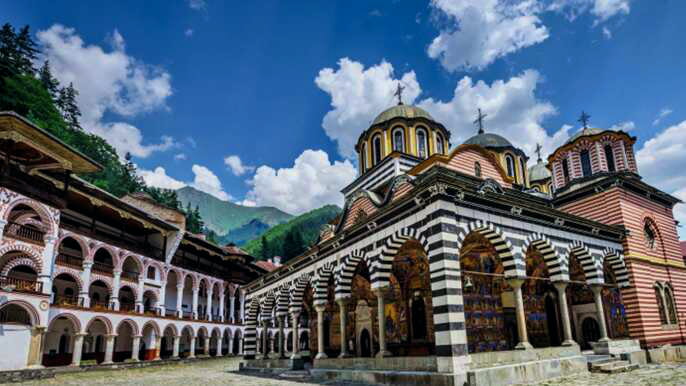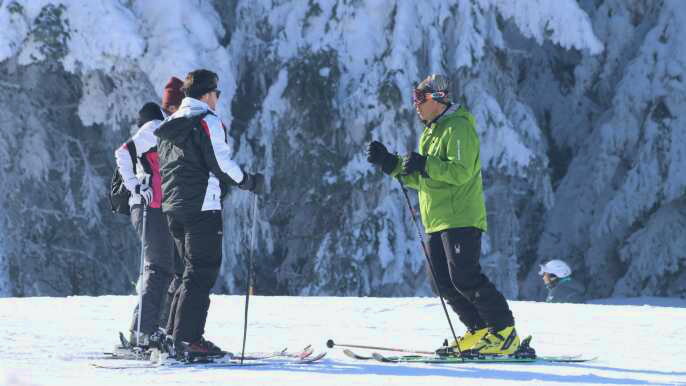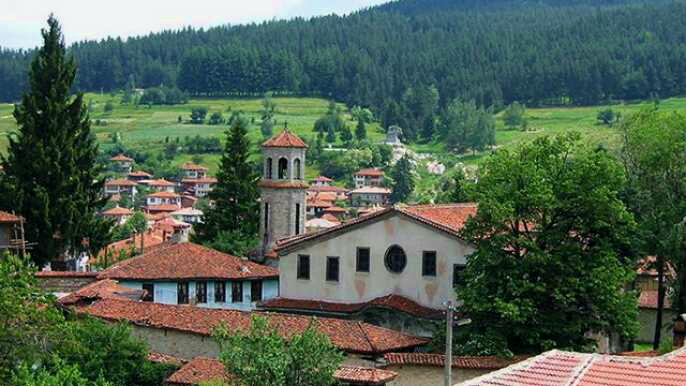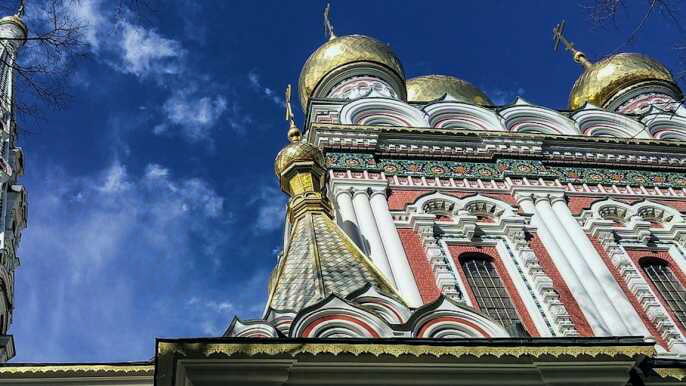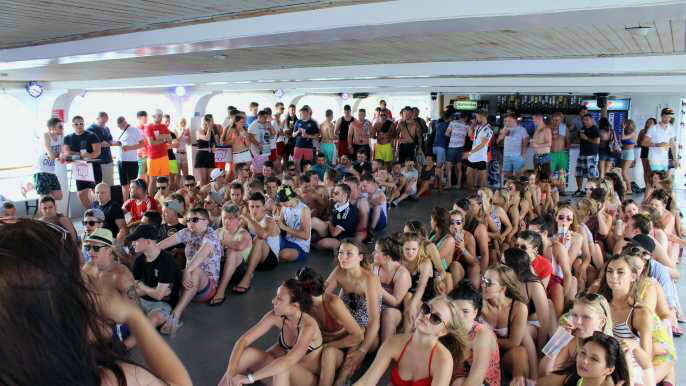Plovdiv is a great city to visit with a long history and rich culture. It has many big and small attractions to see, some of them famous and others not so well known but keeping a lot of secrets.
The old town area is a great place to explore the different influences of different empires ruling over the city. It is also home to a thriving modern culture with trendy eateries, craft beer bars and hipster coffee shops.
1. Ancient Theatre of Philippopolis
A highlight of any Plovdiv visit, the Ancient Theatre of Philippopolis is one of the oldest and best-preserved in the world. It was constructed in the 1st century AD, and was used for a variety of entertainment events.
It is located on the Southern slope of the Three Hills, in the saddle between Taksim and Dzhambaz tepe. It was rediscovered in 1970, after a massive landslide had hidden it from view.
Inscriptions on the seats of honor showed that this building was used as a seat of the General Assembly of the Roman province of Thrace. It was also a place where spectacles of animal fights and gladiatorial battles took place.
Today, the ancient theater is restored to its former glory and is used for concerts and other performances. It's a truly special experience to watch a musical performance in this historic arena!
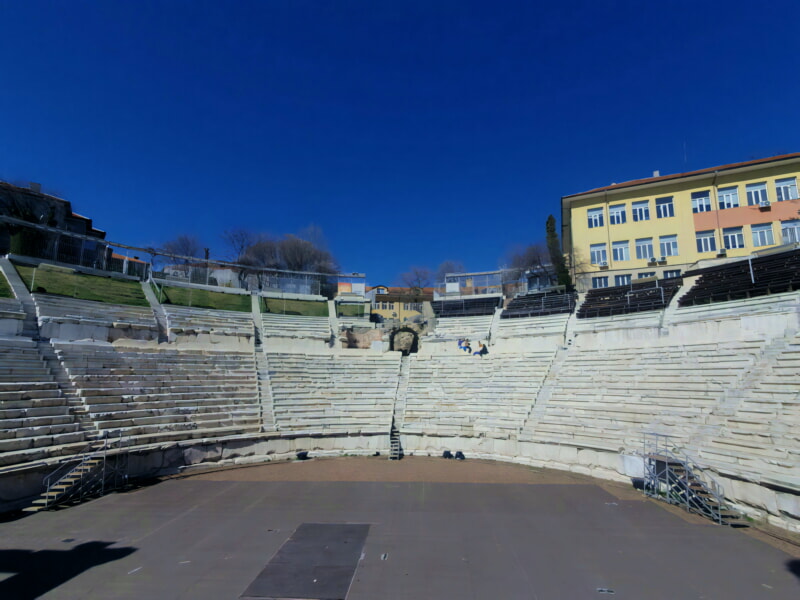
2. Bunardzhika
Plovdiv is one of the most beautiful Bulgarian cities. It's full of historical landmarks, mystery and old-time atmosphere. It's also a popular and favorite place to spend a day walking around its narrow streets.
The town is built on a special area in this part of the country- on and around three linked hills, called Trimontium. During the time of the Romans, they ruled this area and created this great city here.
The oldest remains of ancient Plovdiv are located on the top of this hill, called Nebet Tepe. They are dated back to the earliest Thracian era and date from around 1000-1500 BC.
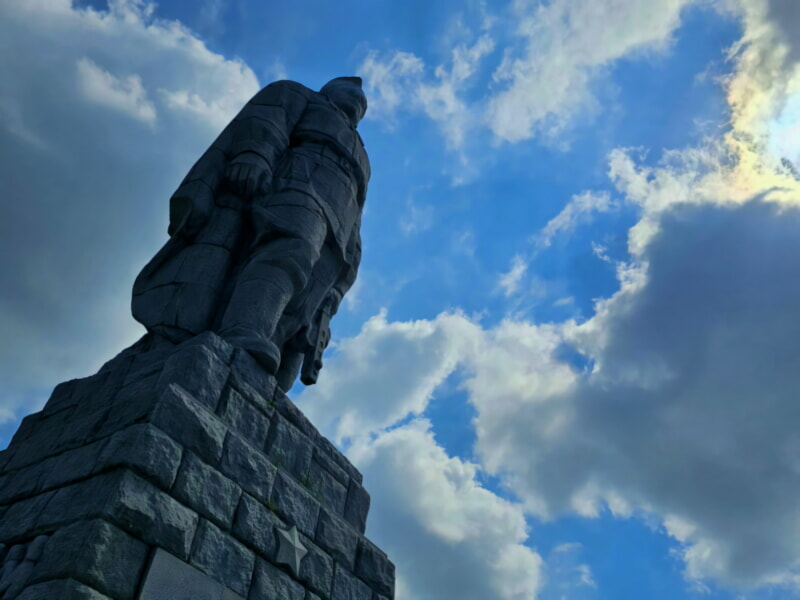
3. Etnographic Museum
Located inside one of the oldest mansions in the Old Town of Plovdiv, this museum is the second largest in Bulgaria. The collection consists of more than 40,000 artefacts from various fields, such as agriculture, crafts, textiles, clothing, furniture and interiors, musical instruments, religious items and works of art.
In its own way the Etnographic Museum throws light on the social and cultural fabric of Plovdiv's past through numerous exhibits and artefacts. The exhibits are divided into six rooms and each room displays various aspects of traditional Bulgarian culture.
Another must-see destination in Plovdiv is the Kapana art district replete with art galleries, quaint cafes and craft beer bars. This creative hub has a buzzy atmosphere and is a haven for today's art-lovers.
4. Alyosha Monument
In Bulgaria, it’s common to find monuments commemorating Russian soldiers who fought to liberate the country from Turkish occupation. It’s also common to see monuments to Russian tsars and even a Russian Orthodox church in Plovdiv.
However, in a recent attack, the Alyosha Monument was daubed with swastikas, anti-Semitic slogans and offensive political messages. This is the second time in a month that a monument in Bulgaria has been attacked.
This imposing Soviet monument sits on top of Bunardzhik hill (also known as Liberator’s hill). The statue looks over the city and its surrounding area.
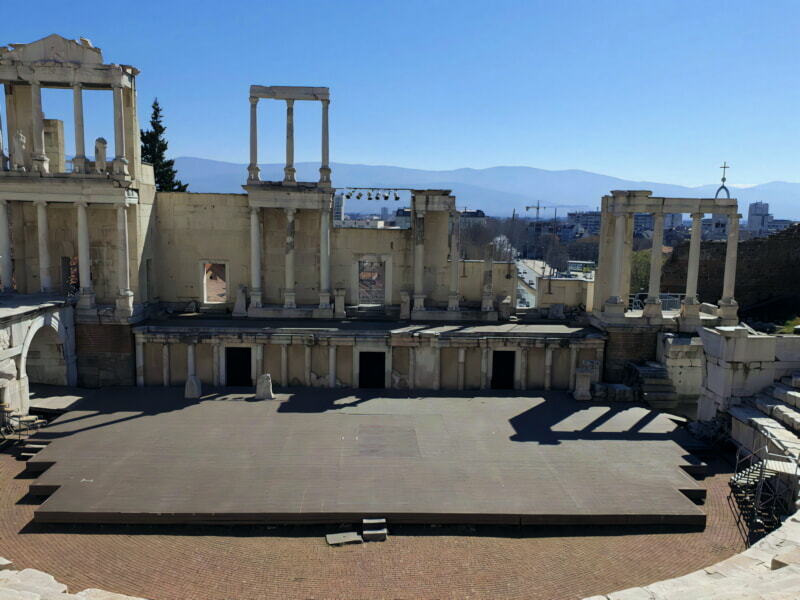
5. Old Town
With some 6,000 years of history under its belt, Plovdiv, or Stari Grad, as the locals call it, is one of Europe's oldest cities. The Old Town stretches across three of the city's hills—Nebet Tepe, Dzhambas Tepe and Taksim Tepe—and features a bevy of architectural landmarks, dating back to Thracian, Greek, Roman, Byzantine and Ottoman times.
Embrace the ancient atmosphere on a meander through the cobbled streets of the Old Town. Strap on your best boots, grab a map from the Tourist Information Centre at the central Ploshtad Tsentralen (Central Square) and hit the pavement.
A stroll through the narrow, quaint cobblestone streets is like a time machine. Houses from the Bulgarian Revival Period — an era of nostalgia-inflected national pride that followed the country's regaining independence from the Ottoman Empire in the 18th and 19th centuries — are littered across the Old Town.
